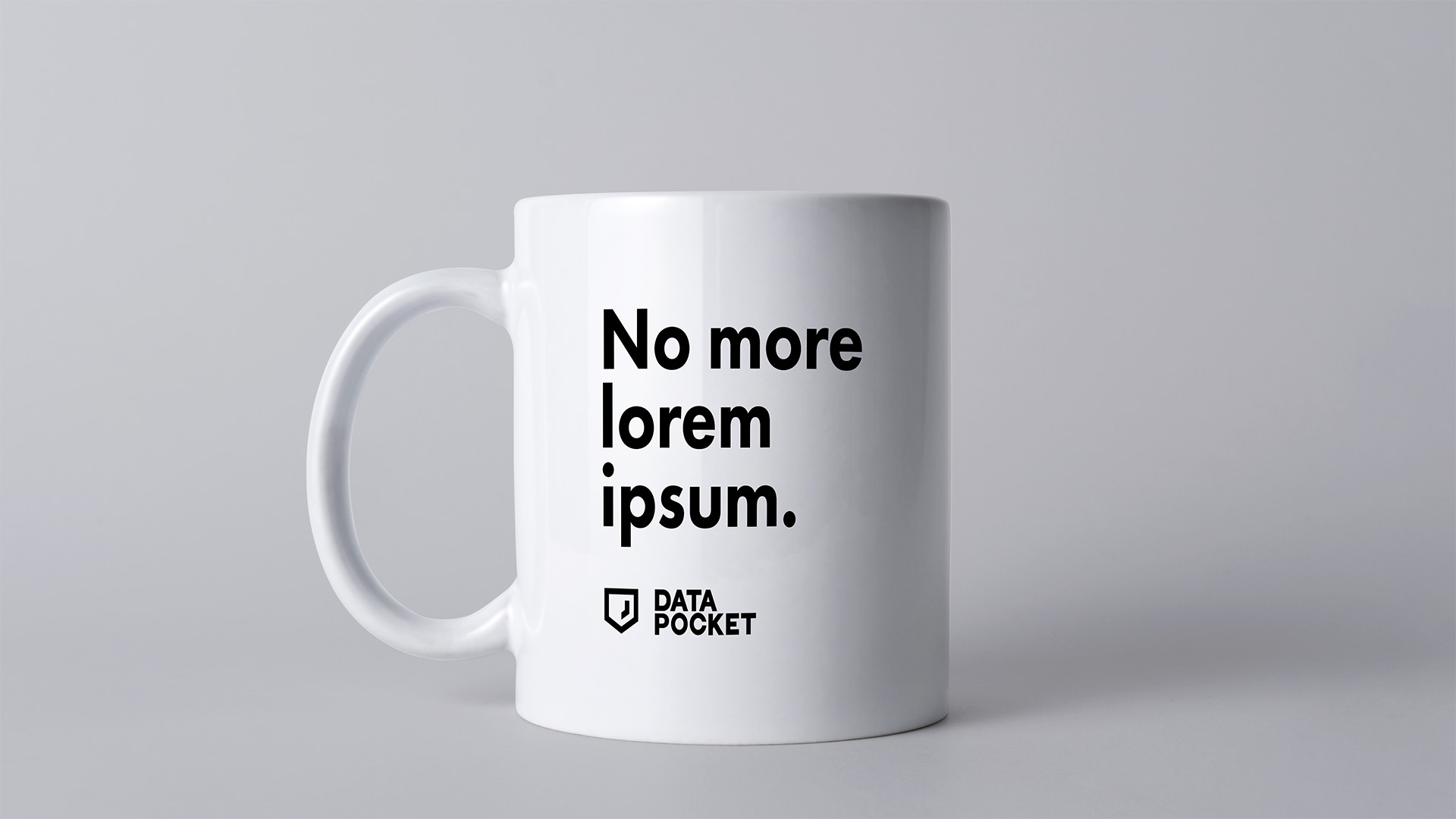Design tools are an essential part of any designer’s toolkit. Whether you’re a graphic designer, web designer, or product designer, having the right tools can make all the difference in your work. In this blog post, we’ll discuss some of the most popular design tools, the benefits of using them, and how to choose the right ones for your needs.
One of the most popular design tools is Adobe Photoshop. This powerful software allows designers to manipulate and enhance images, create complex compositions, and add special effects. Adobe Illustrator is another popular tool, used for creating vector graphics and illustrations. And Adobe InDesign is a professional-grade tool for creating print and digital layouts, such as brochures and magazines.
Online design tools
Online design tools are a type of software that can be accessed and used through the internet. These tools allow designers to create and manipulate designs without the need for expensive and complex software programs installed on their computers.
One of the main advantages of online design tools is their accessibility. Because they are accessed through the internet, designers can use them from any device with an internet connection, making it easy to collaborate with other designers and access their designs from anywhere.
Another advantage of online design tools is their affordability. Many online design tools are available for free or at a low cost, making them a great option for designers on a budget. In addition, because online design tools are subscription-based, designers only pay for the features and capabilities they need, without having to invest in a full software program.
Canva, Figma and Penpot
Online design tools can be used for a wide range of design tasks, including sketching, prototyping, and collaboration. Some popular online design tools include Canva, Figma, and Penpot. These tools offer features such as layers, filters, and precision tools, allowing designers to create and manipulate their designs in a variety of ways.
With their accessibility and range of features, online design tools are a great way for designers to create and collaborate on their designs from anywhere.
Data Handling
Data handling is an important part of the design process because it allows designers to organize and manage the data they collect and use in their designs. Proper data handling ensures that the data is accurate, consistent, and usable, which is essential for creating effective and successful designs.
Data handling is also important because it helps designers to avoid common pitfalls and mistakes when working with data. For example, data handling can help designers to avoid errors such as data corruption, duplication, and inconsistency, which can lead to faulty or misleading designs.
Share and collaborate
Additionally, data handling is important because it allows designers to share and collaborate on their designs with others. By properly organizing and managing data, designers can easily share their designs with other designers or clients, allowing them to review and provide feedback on the design. This collaboration can help designers to create better designs that are more effective and successful.
In conclusion, data handling is an essential part of the design process. Proper data handling ensures that the data used in designs is accurate, consistent, and usable, helping designers to avoid common pitfalls and mistakes and enabling them to collaborate and share their designs with others.

